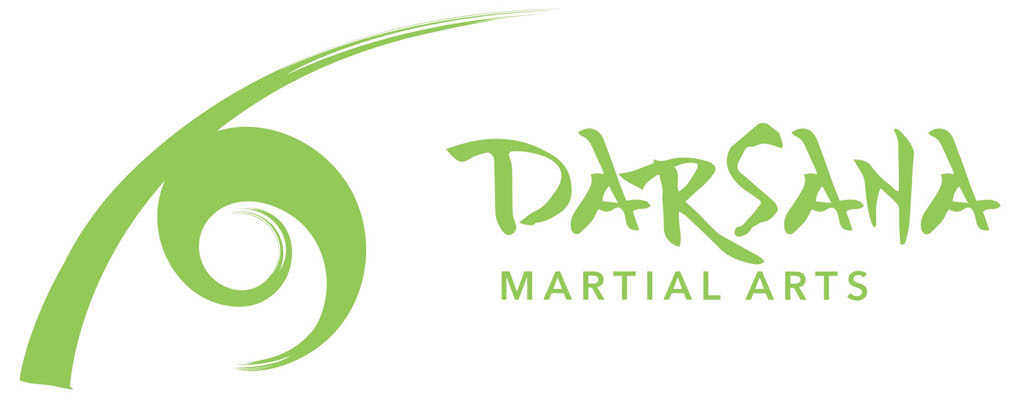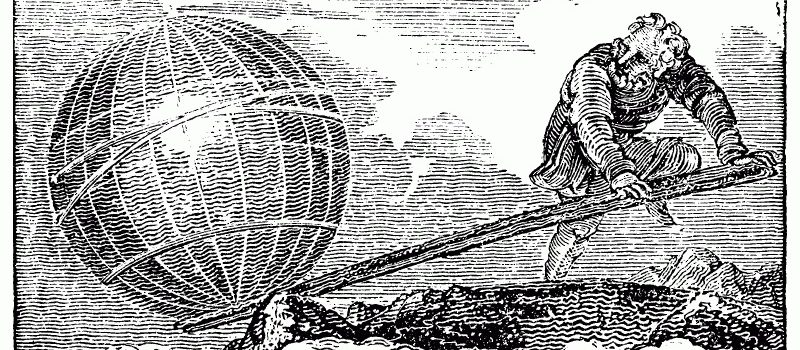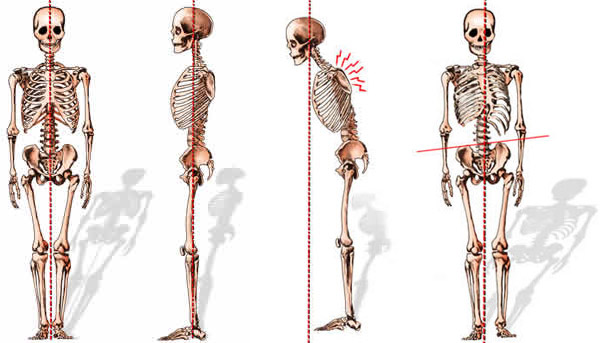There are ultimately just two styles of martial arts (and perhaps just two approaches to living): those that flow with the force, and those that try to force their will.
Most martial arts methods focus on overpowering or outmaneuvering their opponent. They consider what the opponent may do and what they must do to counter it. They consider what they want to do to their opponent and how to achieve that goal. They unknowingly impose their fears and desires on reality. They seek to control events, and try to devise better strategies to ensure victory. In short, they fall prey to the “Dark Side of the Force.”
While this way is quicker and easier, it is also deceptive.
Read More



